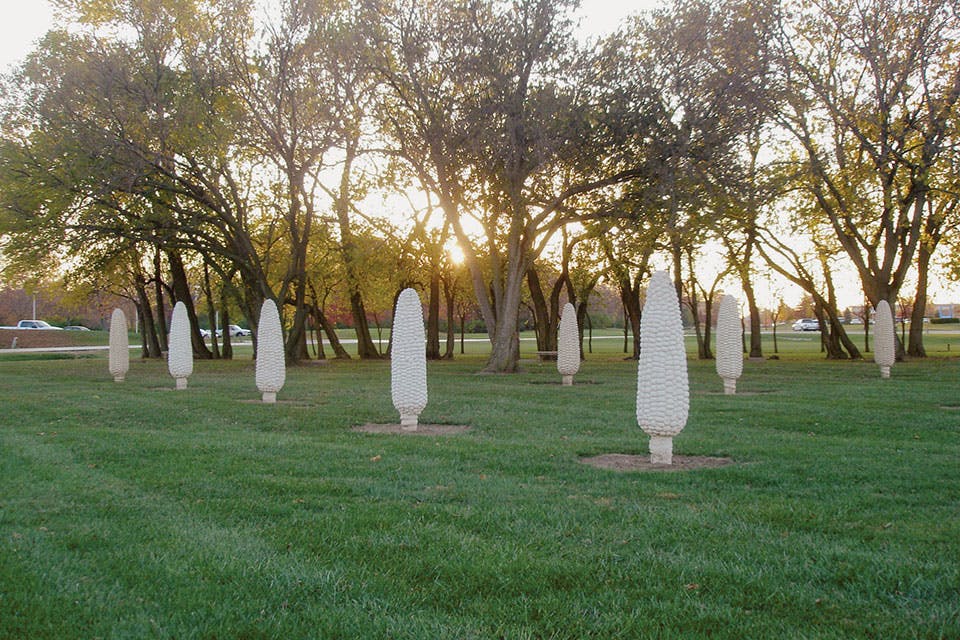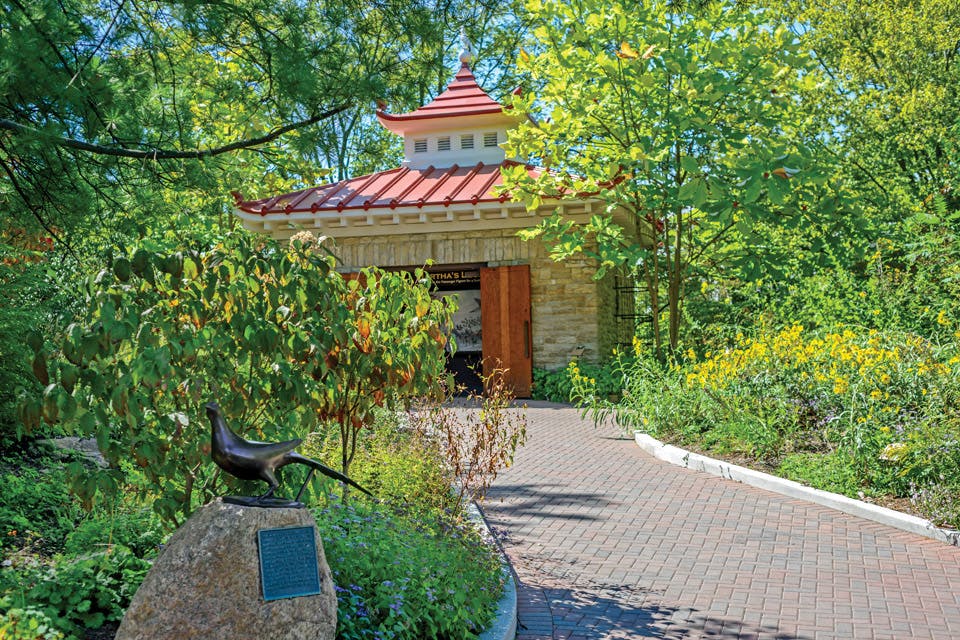Travel
Passenger Pigeon Memorial, Cincinnati
The Cincinnati Zoo & Botanical Garden pays tribute to the last of a species.
Related Articles

Ohio’s Most Unusual Museums
From a Guinness World Record-setting assemblage of troll dolls to a hall of fame that celebrates the age-old trade of barbering, take a tour of these quirky museums. READ MORE >>

Road Trips: Ohio Roadside Finds
These curiosities provide a glimpse into local heritage, Ohio history and sheer creativity. They also make for some great social media moments. READ MORE >>

Nation’s Shortest Covered Bridge, Geneva
Ashtabula County is home to 18 traffic-bearing covered bridges including this diminutive 18-foot-long span. READ MORE >>


